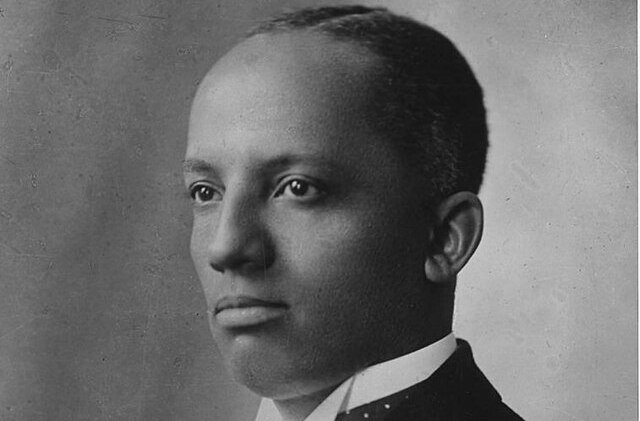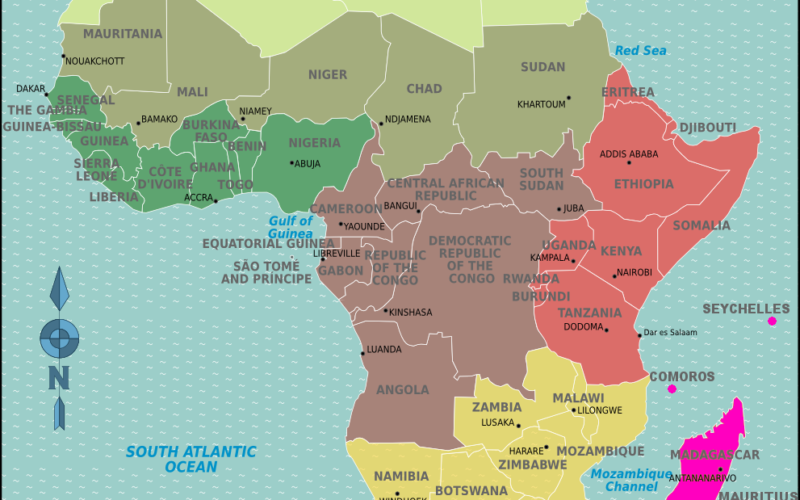Carter G. Woodson said, “When you control a man’s thinking, you do not have to worry about his actions. You do not have to tell him not to stand here or go yonder. He will find his “proper place” and will stay in it. You do not need to send him to the back door. He will go without being told. In fact, if there is no back door, he will cut one for his special benefit. His education makes it necessary.”
He devoted his life to freeing the minds of people around the globe by promoting knowledge of self and teaching history. His Mis-Education of the Negro is one of the most comprehensive attempts to undo 400 years of misinformation.
He was born December 19, 1875, in New Canton, Virginia, to parents who were enslaved. His father helped the Union in the Civil War and moved his family to West Virginia because of opportunities and education. Woodson didn’t attend school regularly. He worked in the coal fields and was mostly self-taught.
He graduated from high school just two years after enrolling at the age of 20. He got his degree in literature from Berea College in Kentucky and went on to The Philippines after graduation to become a school supervisor under the auspices of the United States War Department. He also traveled around the world to Asia, Africa and Europe. Perhaps his travels helped him put all of the pieces together. He got an advanced degree from the University of Chicago and then became the second black to earn a Ph.D. from Harvard after DuBois.
What better perch to see the miseducation of the Negro than to be involved in education at the highest level with an awakened sense of self.

Woodson was a follower of Marcus Garvey and had frequent contact with DuBois and the NAACP. He was involved on all fronts. He was immersed and a student of all forms of activism of his day.
His obsession seemed to be to get to the truth. Telling ourstory not his-story was Woodson’s life’s work.
He founded the Association for the Study of Negro Life and History on September 9, 1915. That same year he published The Education of the Negro Prior to 1861. He had several other books on Black migration and the history of the Black church.
In 1926, Woodson began a celebration of Black achievement with “Negro History Week”, which kicked off the second week in February to coincide with the birthdays of Frederick Douglass and Abraham Lincoln. The Black United Students and Black educators at Kent State University in Ohio expanded it on February 1, 1970 and since 1976, Black History Month has been celebrated nationwide.
Woodson died of a heart attack on April 3, 1950, in his home in Washington, D.C. His book, The History of the Negro was revised and reprinted after his death.








